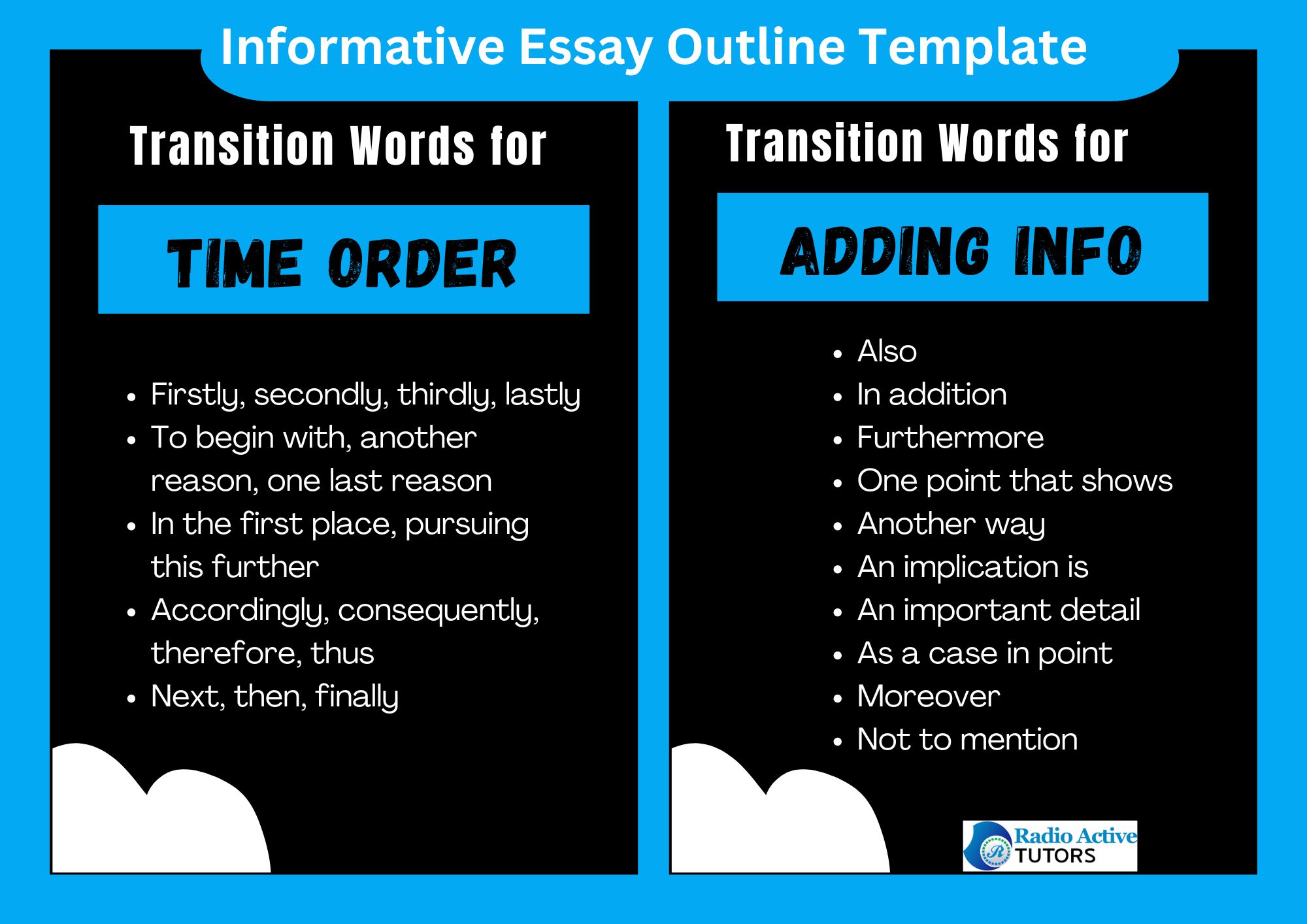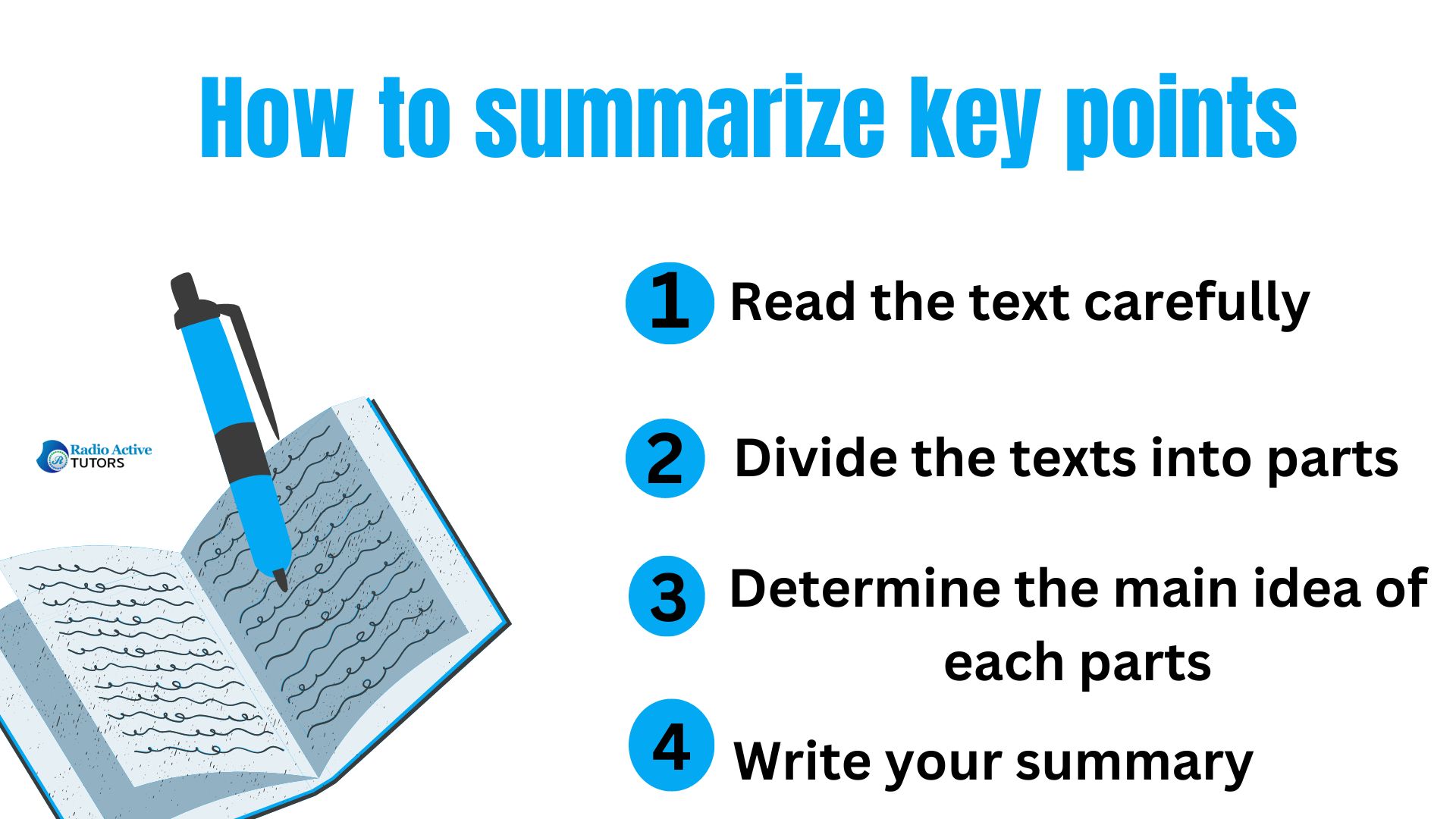I. Introduction of the Informative Essay Outline Template
II. Body of the Informative Essay
III. Conclusion of the Informative Essay Outline Template
IV. Additional Tips for Writing an Informative Essay
I. Introduction of the Informative Essay Outline Template
A. Hook/Attention-Grabber
Hook: Start with an attention-grabber to engage the reader’s interest. This could be a surprising fact, a relevant quote, a rhetorical question, or an interesting anecdote. The goal is to captivate the reader’s attention right from the beginning.
Example: “Did you know that over 50% of people are unaware of the basic functions of their own brain?”
B. Background Information
Provide a brief context or background information on the topic to help the reader understand the significance of the subject. This section should be concise but informative.
Example: “The human brain is a complex organ that controls all bodily functions, yet many people are unaware of how it operates.”
C. Thesis Statement

End the introduction with a clear and concise thesis statement. This statement should summarize the main point or argument of your essay, guiding the reader on what to expect in the body of the essay. Contact Radioactive tutors for a well written thesis statement at a discounted cost .
Example: “This essay will explore the basic functions of the brain, its role in everyday activities, and the importance of brain health.”
II. Body of the Informative Essay
A. Body Paragraph 1: Topic Sentence and Supporting Details
1. Topic Sentence
Introduce the main point of the paragraph with a clear topic sentence. This sentence should align with the thesis statement and introduce the content that will be covered in the paragraph.
Example: “The brain’s primary function is to control the body’s vital processes, including breathing, heartbeat, and digestion.”
2. Supporting Details
Expand on the topic sentence with facts, statistics, examples, and explanations that support the main point. Ensure that each detail is relevant and adds value to the reader’s understanding.
Example: “The brainstem, for example, regulates autonomic functions such as heart rate and breathing, ensuring that these processes continue without conscious effort.”
3. Transition Words
Use transition words and phrases to maintain a smooth flow between sentences and ideas within the paragraph. This will help guide the reader through the information logically.
Example: “In addition to controlling vital functions, the brain is also responsible for processing sensory information.”
B. Body Paragraph 2: Topic Sentence and Supporting Details
1. Topic Sentence
Introduce the next main point of the Informative Essay with a new topic sentence that continues the discussion and builds on the thesis statement.
Example: “Another crucial function of the brain is to process and interpret sensory information from the environment.”
2. Supporting Details
Provide relevant details and examples to explain how the brain processes sensory data, linking it to the overall theme of the Informative Essay .
Example: “The brain receives signals from the eyes, ears, and other sensory organs, allowing us to perceive and interact with the world around us.”
3. Transition Words

Use appropriate transition words to connect this paragraph to the next, ensuring coherence throughout the Informative Essay .
Example: “Furthermore, the brain’s ability to process sensory information plays a key role in our cognitive functions.”
C. Body Paragraph 3: Topic Sentence and Supporting Details
1. Topic Sentence
Introduce the final main point of the Informative Essay with a topic sentence that ties into the thesis statement and the previous paragraphs.
Example: “Maintaining brain health is essential for overall well-being, as it directly impacts cognitive abilities and emotional stability.”
2. Supporting Details
Discuss the importance of brain health, providing examples of practices that support cognitive function and mental health.
Example: “Regular exercise, a balanced diet, and mental stimulation are all key factors in preserving brain health and preventing cognitive decline.”
3. Transition Words
Conclude the body section with transition words that lead into the conclusion, preparing the reader for the closing statement.
Example: “As we have seen, understanding and caring for the brain is vital for a healthy and fulfilling life.”
III. Conclusion of the Informative Essay Outline Template
A. Restate Thesis Statement
Restate the thesis statement in different words, summarizing the main points covered in the essay. This reinforces the Informative essay’s purpose and reminds the reader of the key takeaways.
Example: “In summary, the brain’s role in controlling bodily functions, processing sensory information, and maintaining health is crucial to our daily lives.”
B. Summary of Main Points

Briefly recap the main points from each body paragraph, emphasizing how they support the thesis statement.
Example: “From regulating vital processes to interpreting sensory data and supporting mental well-being, the brain is central to our existence.”
C. Strong Closing Statement
End with a strong closing statement that leaves a lasting impression on the reader. This could be a call to action, a thought-provoking question, or a final reflection on the topic.
Example: “Understanding the brain’s functions and taking steps to protect its health is not just a scientific interest but a personal responsibility we all share.”
IV. Additional Tips for Writing an Informative Essay
Writing Process: Start with brainstorming and research to gather information. Then, create an outline like the one above to organize your thoughts. Draft the essay, revise for clarity and coherence, and proofread for grammatical errors.
Use of Transition Words: Transition words and phrases like “however,” “therefore,” “in addition,” and “consequently” help to guide the reader through your essay, making it easier to follow your argument.
Focus on Clarity: Make sure each paragraph has a clear purpose and contributes to the overall thesis. Avoid unnecessary jargon or overly complex sentences that could confuse the reader.
This outline provides a structured approach to writing an informative essay. By following this template, you can ensure that each section of the essay is well-organized, coherent, and effectively communicates the information to the reader. Radioactive Tutors is an exceptional service provider that can help you in writing a high quality informative essay .
